
The fort is believed to be built in 11th century by Gakhars in Potohar region far from the easily accessible paths, lying in oblivion and mourning its glorious past. The fort is built over the high ridges and protected by deep slopes. Now, its walls have disappeared from many places, but the grand beauty of the fort can be seen from some of the remaining doors.
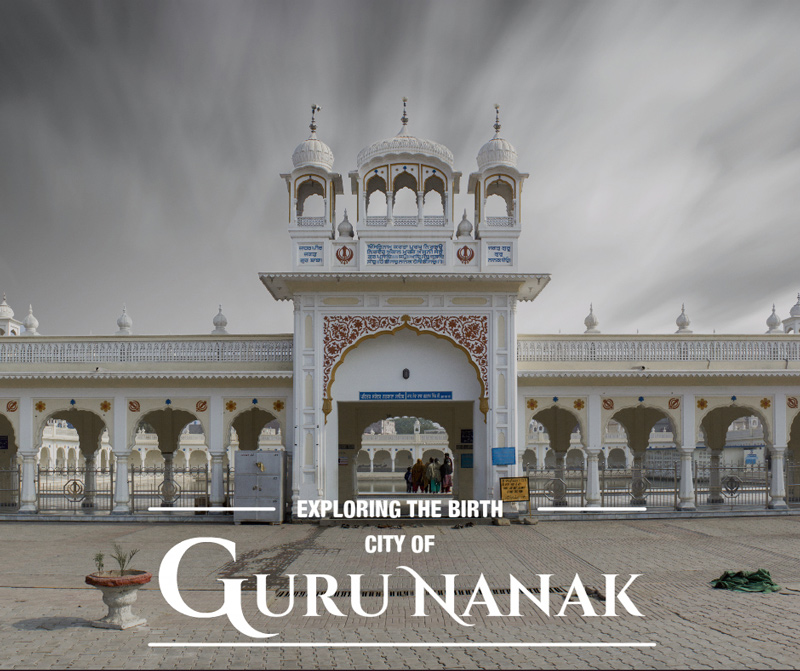
Naam Japo (Remembrance of God), Kirat Karo (Earn your livelihood by honest means) and Wand Chakko (Sharing with others, helping those who have less or in need) are the three pillars of Sikh faith formalized by Guru Nanak Dev Ji. Guru Nanak opened his eyes in the village of Talwandi on 15th April 1469 in a Hindu family. He laid the foundation of the Sikh religion and became 1st of the 11 Sikh Gurus.
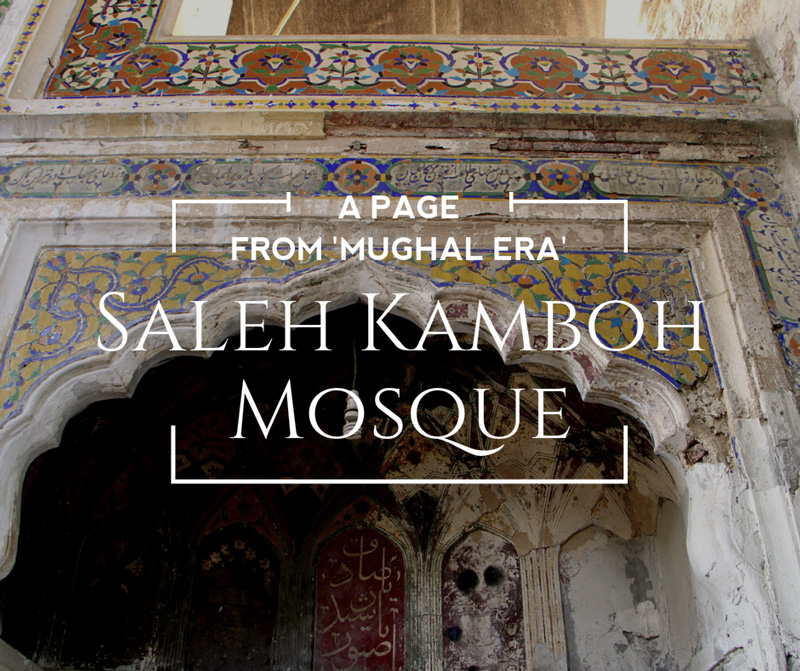
The mosque is said to date from 1659 - 1668-69 and is also known as the Chinianwali Masjid because of the extraordinary mosaic tile work (Kashi Kari) for which the reign of Shah Jahan was famous. It was completed during Aurangzeb's reign.
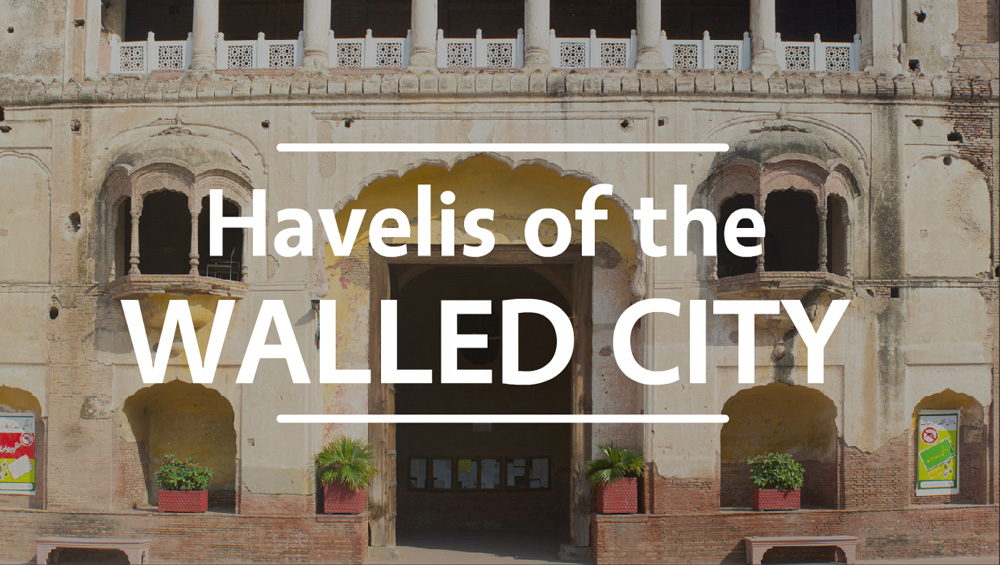
A number of historical sites dot Lahore, a city which has been inhabited for hundred of years. The old walled city of Lahore, has some wonderful Muslim, Hindu and Sikh architecture of historic significance, besides the 'havelis' built by the Dhyan Singh family. They once ruled Kashmir and migrated to India in the turmoil of 1947. "Haveli of Asif Jah" is among one of those havelis. It has seen many dynasties and suffered hardship of time, and now it’s serving as a Women's College in Chuna Mandi.
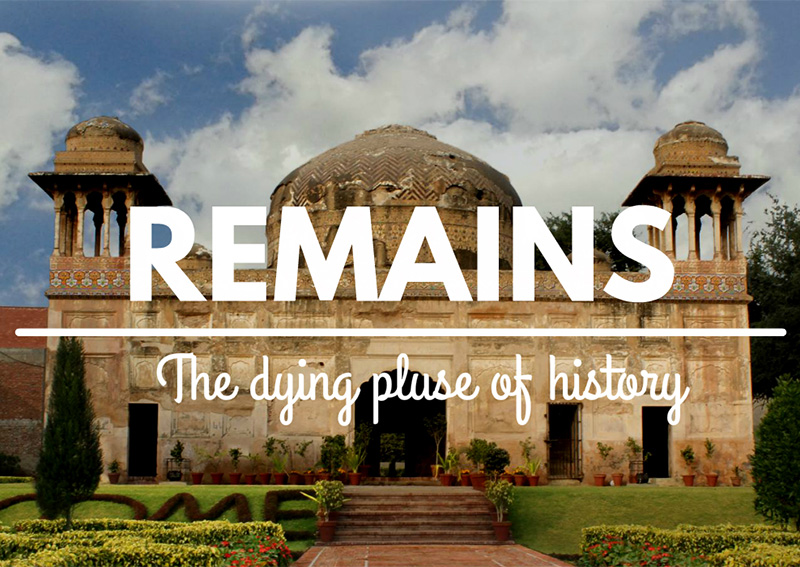
All the Empires have their footprints on Lahore, and we are going in a search where we could find those footprints and their importance in their peak times and influence on people now. The last step would be to share all of them with mutually interested people. So let’s get going.

The Karakoram Highway is simply one of the best roads in the world to drive. We Have been on a road that really excited us with Incredible views, death defying drops. It holds the record as the highest paved road in the world reaching an altitude of 4,693m and cuts through some of the most dramatic mountain scenery on the planet, cutting through three of the world’s highest ranges; the Karakoram, Himalaya and Hindu Kush mountains. Its construction started in 1966 and took 13 years to complete.
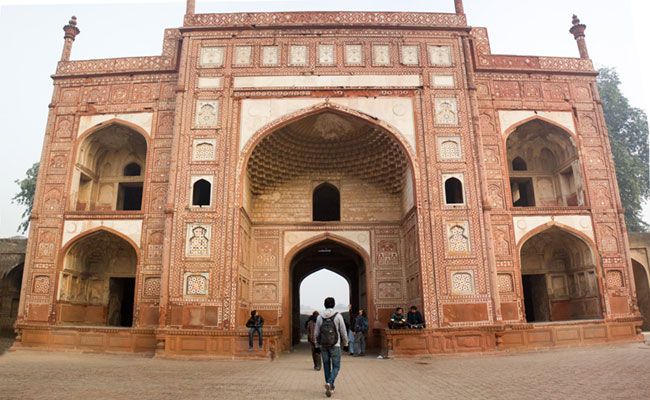
Historic buildings have their own specialized and traditional techniques used in their construction. Shaping and carving stones is a technical and demanding job for workers. Jahangir tomb is an example of such surpassing beauty and finest architecture which is believed to be the most magnificent Mughal structure after Taj Mahal.
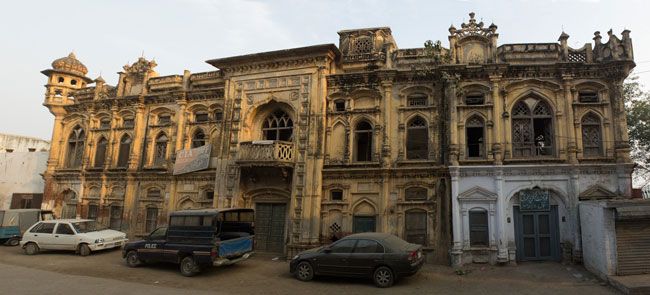
Jhelum is an ancient city with a number of historical sites which getting out of the site because of they have been neglected over the time and often left abandoned. The "Bhai Karam Singh Gurdawara" is one of those sites.
© DestinationPak 2015 Privacy Policy | Terms of Service